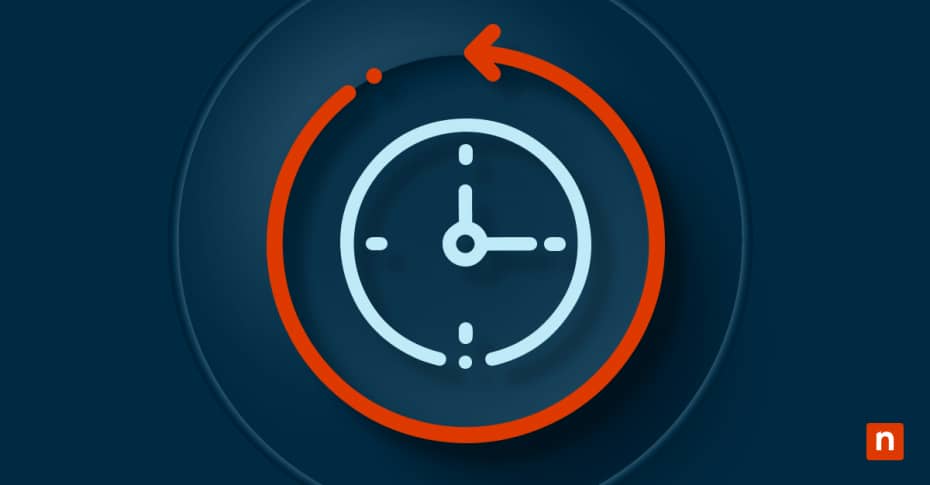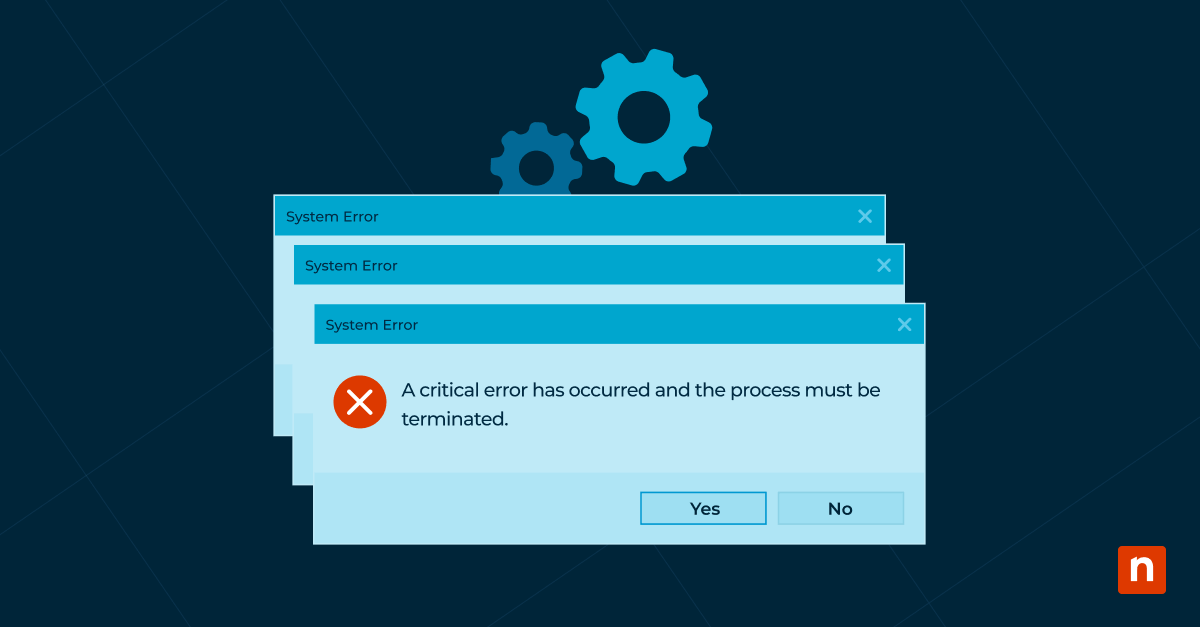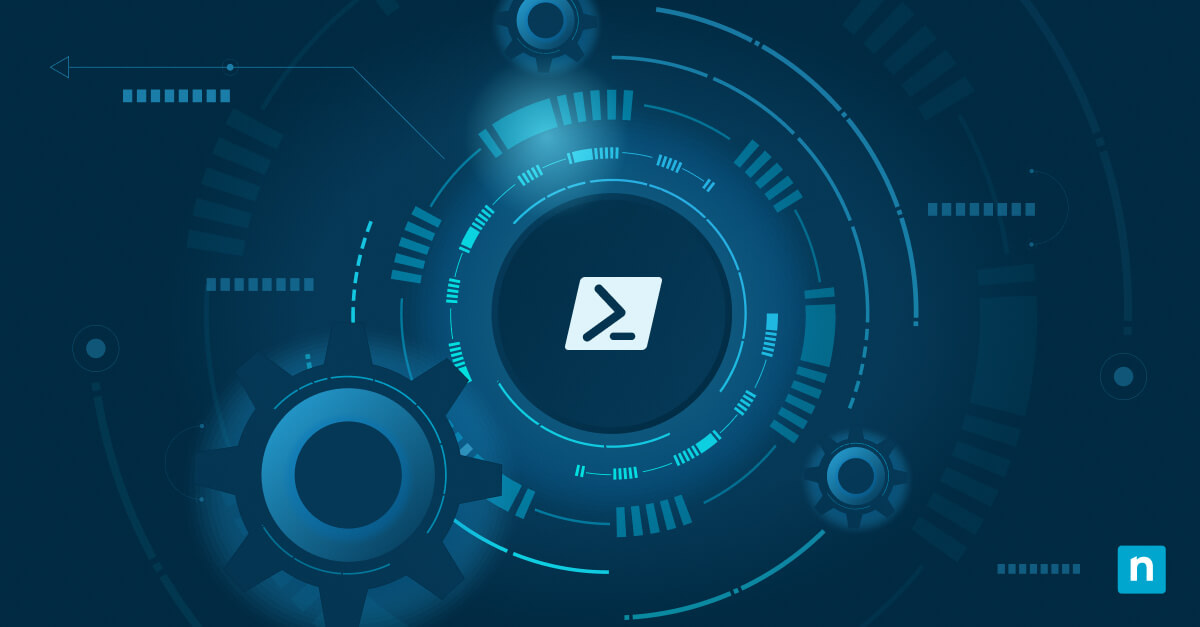In this article, you will learn how to minimize downtime in IT operations. System downtime can wreak havoc on your operations, causing a cascade of negative effects throughout your organization. When your systems go offline, whether due to planned maintenance or unexpected failures, the impact extends far beyond your IT department, and the financial implications can be staggering.
Understanding the impact of downtime on IT operations
The consequences of downtime extend far beyond technical inconveniences. Every minute your systems are offline can result in:
- Lost revenue from interrupted sales or services
- Decreased productivity as employees can’t access necessary tools
- Damaged reputation if customers can’t access your services
- Potential data loss or security vulnerabilities
To put this into perspective, a study by Gartner estimates that the average cost of IT downtime is $5,600 per minute, and $300,000 per hour for larger enterprises. These numbers underscore the critical need to minimize downtime in your IT operations.
Identifying common causes of system downtime
To effectively minimize downtime, you must first understand its root causes. Here are the most common culprits:
Hardware failures
Your IT infrastructure relies on physical components that can wear out or malfunction. This includes servers, routers, switches and storage devices. Regular maintenance and proactive replacement of aging hardware can help you avoid unexpected failures. Implement a robust hardware monitoring system to detect early signs of degradation or impending failures. Consider establishing relationships with reliable hardware vendors to ensure quick replacements when needed.
Software issues
Bugs, compatibility problems, or poorly optimized applications can lead to system crashes or slowdowns. Keeping your software up-to-date and thoroughly testing updates before deployment can mitigate these risks. You can implement a robust version control system to track changes, enable quick rollbacks if issues arise, and consider containerization technologies to isolate applications and reduce compatibility issues.
Human error
Sometimes, the biggest threat to your system’s uptime is human error. This can include accidental deletions, misconfigurations or unauthorized changes to critical systems. Proper training and strict access controls can reduce these incidents. Implement a change management process to review and approve all significant system modifications. Use automation tools to reduce the need for manual interventions in routine tasks, minimizing the risk of human errors.
External factors
Some causes of downtime are beyond your direct control, such as power outages or natural disasters. While you can’t prevent these events, you can prepare for them with robust disaster recovery plans. Consider implementing uninterruptible power supplies (UPS) and backup generators to maintain operations during power outages. Explore cloud-based disaster recovery solutions to ensure business continuity even if your physical infrastructure is compromised.
Strategies to minimize planned downtime
While some downtime is necessary for maintenance and upgrades, you can take steps to minimize it by reducing its frequency and duration:
- Effective maintenance scheduling: Plan maintenance during off-peak hours, let people know the schedule in advance, and use automation tools to streamline tasks and reduce required time.
- Redundancy and failover systems: Set up backup servers, redundant power supplies, and duplicate network paths to take over if primary systems fail, making planned maintenance nearly invisible to end-users.
- Regular system backups: Maintain current backups of critical systems and data for quick recovery, using automated solutions to ensure consistency and reduce human error risk.
- Load balancing and system distribution: Spread workload across multiple servers or data centers to improve performance and allow maintenance on individual components without complete system downtime.
Best practices for minimizing unplanned downtime
While planned downtime can be managed, unplanned downtime poses a greater threat. Here are strategies to minimize its occurrence:
Regular system updates and patches
Keep all systems, including operating systems, applications and firmware, up-to-date with the latest security patches and updates. This helps prevent vulnerabilities that could lead to system failures or security breaches. Implement an automated patch management system to handle updates across your network. Always review and test patches in a controlled environment before deploying them to production systems.
Employee training and awareness
Teach your staff the importance of following IT policies and best practices. This includes proper use of systems, recognizing potential security threats and knowing how to report issues promptly. Conduct regular practice drills to test your team’s response to potential downtime scenarios. Create a culture of continuous learning by offering ongoing training and staying updated on the latest IT security trends.
Automated monitoring and alerts
Use strong monitoring systems that can detect potential issues before they cause downtime. Set up alerts to notify your IT team of any anomalies or performance degradation so they can address issues early. Utilize machine learning algorithms to predict potential failures based on historical data and patterns and connect your monitoring system with your ticketing system to make responding to issues more efficient.
Proactive hardware maintenance
Don’t wait for hardware to fail before replacing it. Set up a proactive replacement schedule based on manufacturer recommendations and historical performance data. This approach can significantly reduce unexpected hardware failures and minimize downtime. Use predictive analytics to identify components that are likely to fail soon and maintain a well-organized inventory of spare parts to enable quick replacements when needed.
Disaster recovery planning
Develop and regularly test a comprehensive disaster recovery plan that includes procedures covering everything from minor outages to major disasters. Ensure that all team members understand their roles in the recovery process. Establish partnerships with external vendors or service providers who can offer support during major incidents. Regularly update your disaster recovery plan to account for changes in your IT infrastructure and business needs.
Measuring and improving downtime management
To effectively minimize downtime, you need to measure and analyze it. Here’s how:
- Track key metrics: Monitor metrics such as Mean Time Between Failures (MTBF) and Mean Time To Repair (MTTR) to help you understand the frequency and duration of downtime incidents.
- Conduct root cause analysis: After each downtime incident, perform a thorough analysis to identify the underlying cause and prevent similar issues in the future.
- Set downtime targets: Establish realistic goals for minimizing downtime and track your progress towards these targets.
- Regularly review and update your strategies: As your IT environment evolves, so should your downtime management strategies. Regularly assess and refine your approach based on new technologies and changing business needs.
- Invest in the right tools: Consider implementing IT infrastructure management tools that can help you monitor, predict, and prevent potential downtime incidents.
Remember, the goal isn’t just to react to downtime when it occurs, but to proactively prevent it whenever you can. With the right strategies, tools and mindset, you can create a robust IT environment that supports your business objectives and keeps downtime to an absolute minimum.
Ready to take control of your IT operations and minimize downtime? NinjaOne offers a comprehensive solution to streamline your maintenance tasks, monitor system health, deploy updates, manage hardware lifecycles, and provide remote support. Don’t let downtime disrupt your business any longer. Start your free trial of NinjaOne today and experience the difference in your IT operations’ reliability and efficiency. Take the first step towards minimizing downtime and maximizing productivity and begin your NinjaOne free trial now.








